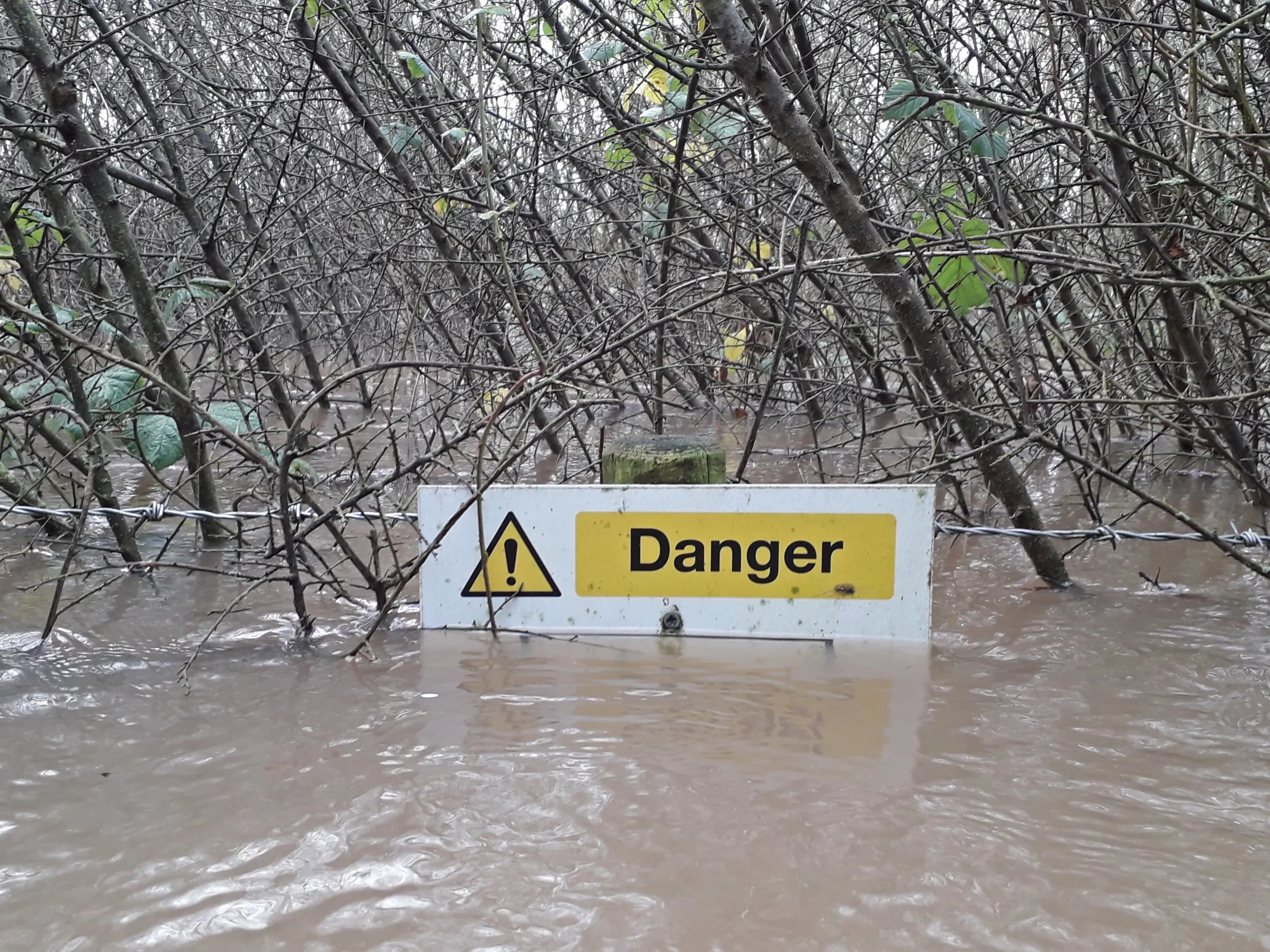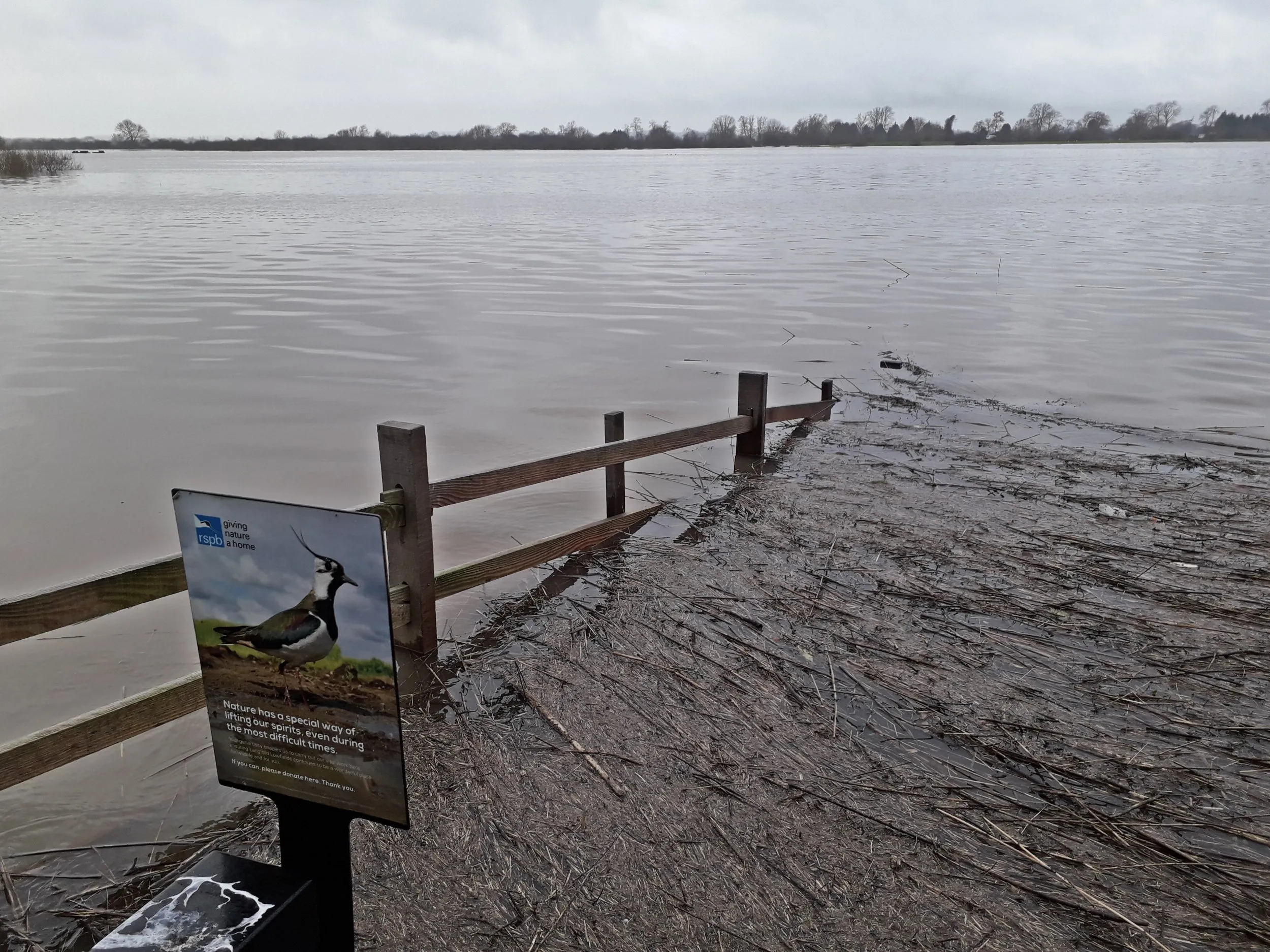News
Why we’re heading to Oxford: A hopeful future for nature and farming
Farmers flock to Oxford next week - we’ll be there to champion our hopeful vision for the future.
With many areas of the country currently underwater and extreme weather becoming more frequent due to climate change, we look at how nature-based solutions can help.

Disastrous, destructive, deadly. Flooding wreaks havoc for humans and wildlife too. We look at how we can work with nature to tackle the issue and the impact severe flooding can have on wildlife.
Climate change projections make it clear that we’re going to see more and more extreme winter rainfall events across the UK in the coming years. Last year, the UN IPCC declared a ‘code red for humanity’ and warned of the increasing risk of flooding. Aside from the costs to individual lives and livelihoods, there are economic impacts too. The estimated yearly cost of flooding is predicted to rise to £27 billion by 2080, if governments fail to take action to deal with the climate and nature crisis. With half a million more people around the world at risk of serious flooding every year, we can’t ignore extreme weather or its root cause – climate change.
Just as human lives are devastated by increased flooding, its impact can be disastrous for wildlife. With the Met Office highlighting that some counties are receiving triple the average rainfall and severe flooding across many parts of the country, the RSPB’s nature reserves are on the front line. We hear from Langford Lowfields, a nature reserve that has been repeatedly impacted by serious floods. As you’ll discover, the effects are already extreme, and we can’t afford to let them worsen on our watch.
Joe Harris, site manager at RSPB Langford Lowfields, discusses flooding that took place at the reserve in 2023. Since then, the reserve has flooded a further two times, preventing it from reopening to the public and giving wildlife little chance to recover.
“Following a day and a half of heavy rain linked to Storm Babet, the River Trent adjacent to RSPB Langford Lowfields rose to its highest level since 2000 and, in the early hours of Sunday 22nd October 2023, came pouring onto the reserve. By the end of the next day, levels on the reserve had risen by around four metres.
“While the wetland species we have on site will have adapted to cope with flooding, I can’t help but think that our land-dwelling invertebrates and small mammal populations (including voles and Harvest Mice) will be knocked back, in turn impacting species higher up the food chain.
“The floods in recent years have been almost annual (October 2023, February 2021, January 2020) limiting the bounce-back time given to species. Grass Snakes were seen at Langford for the first time in 2019, but not since, with the flooding in January 2020 blamed for finishing off any hibernating snakes. Bearded Tits are also impacted by the flooding, with wintering birds pushed off site and then seemingly not returning to nest in affected sites the following spring.”

As Langford Lowfields' example and more recent flooding events across the UK show, we can’t allow extreme wet weather to continue unchecked. If we do, people’s lives will be put at risk, homes will be destroyed and wildlife will struggle to survive year after year.
We need better solutions for people and wildlife – like nature-based solutions, which harness the power of nature to tackle issues like extreme weather. At RSPB St Aidan’s nature reserve in Yorkshire, the RSPB has worked with the Environment Agency and Leeds City Council to reduce flooding through creating an inland 400-hectare wetland nature reserve.
Adapted from a former opencast coal mine, the nature reserve is now a tapestry of different habitats including reedbed, open water, wet meadows and woodland. The site stores millions of cubic metres of flood water and this can reduce the downstream flood peak, protecting homes in the surrounding villages. This work has also benefited wildlife including Otters, Bitterns and a number of bat species.

By restoring wild environments, we can reduce the impact of flooding – coastal wetlands help us cope with tidal surges and native woodlands slow the rainfall heading to our rivers. Good news for nature and people too.
That’s why we’re putting pressure on the UK Government to reach net-zero targets, raise ambitions on adapting to climate change and to invest in wild places. If you’d like to help, why not join us as a campaigner.